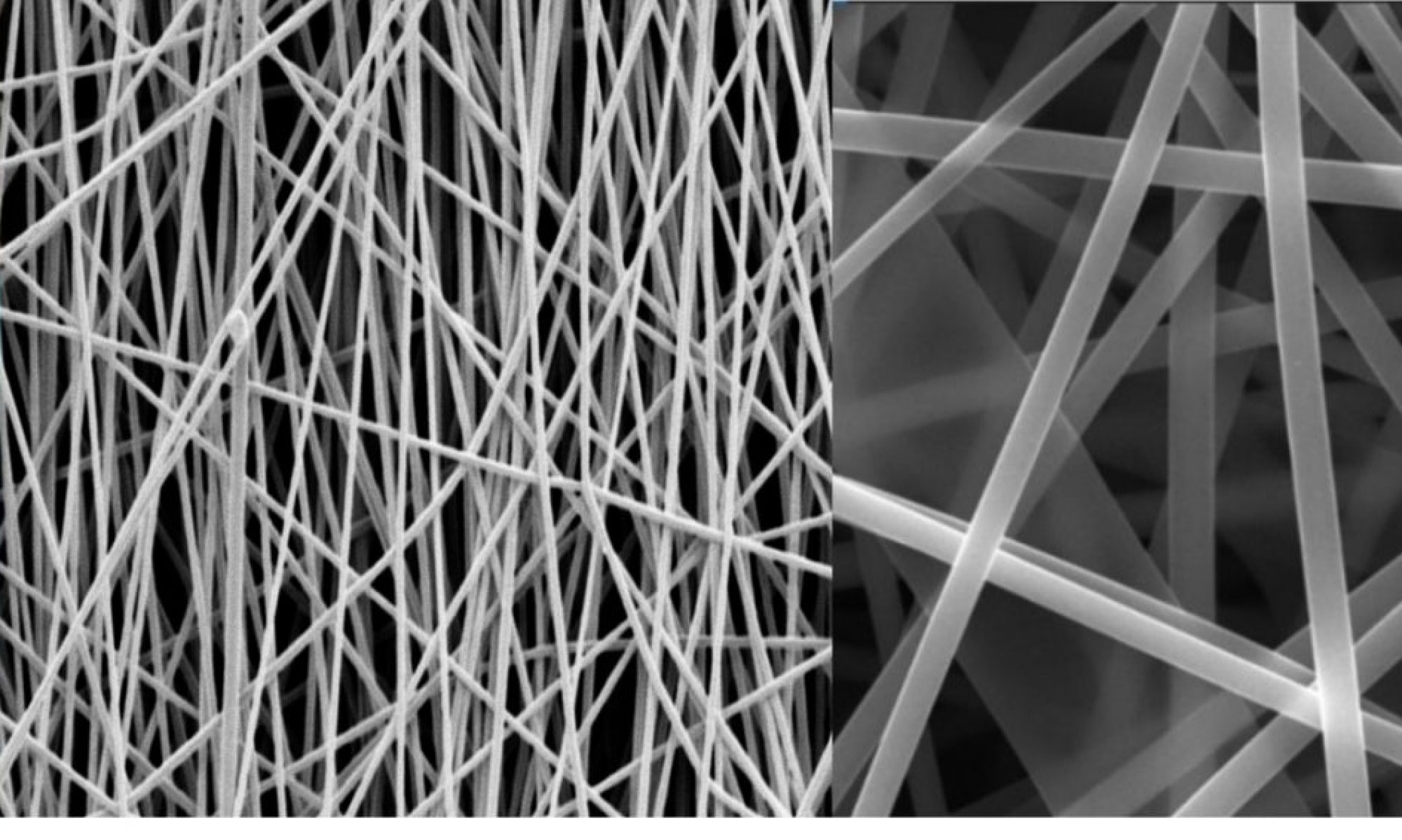Applied Catalysis B: Environmental
Volume 310, 5 August 2022, 121355
Metal tellurides attract recent attention because of their promising applications as effective catalysts for the oxygen evolution reaction (OER). However, inappropriate adsorption energy between OER intermediates and telluride leads to an unsatisfactory electrocatalytic intrinsic activity. Herein, we adopt a unique in-situ cathodic electrochemical activation process to facilitate the surface self-reconstruction to form oxygen vacancy (OV)-rich TeO2 layer onto Fe-doped NiTe (OV@Fe-NiTe). Characterizations and theoretical calculation demonstrate that the presence of the OV-rich TeO2 layer realizes the adjustment of d-band center of the active site that translates into an enhancement of the adsorption of *OOH intermediate and thus the optimization of the OER pathway. Consequently, the OV@Fe-NiTe only requires an ultralow overpotential of 245 mV to drive 100 mA cm-2 in 1 M KOH, 95 mV lower than that of Fe-NiTe, and hence becoming the best water oxidation electrocatalysts amongst recently reported telluride electrocatalysts. This study presents a unique strategy to exploit telluride-based catalysts through electrochemical surface engineering.


